Extraordinary Jade Mask Discovered in Mayan King’s Tomb
In Petén, Guatemala, archaeologists exploring the ancient site of Chochkitam encountered an unexpected find within a pyramid’s inner chamber, previously overlooked by grave robbers. This chamber contained a jade mask believed to be linked to a Maya king.
Francisco Estrada-Belli, a professor at Tulane University’s Middle American Research Institute and an expert in the Preclassic and Classic Maya periods, described the discovery as “a tremendous thrill and a privilege,” according to National Geographic.
Discovering Hidden Treasures
The excavation team, led by Estrada-Belli, unearthed several items alongside the jade mask, including a human skull, teeth, bone fragments, and a coffin-like box surrounded by funerary offerings. This discovery came after noticing evidence of looting in the area through LiDAR surveys in 2021.
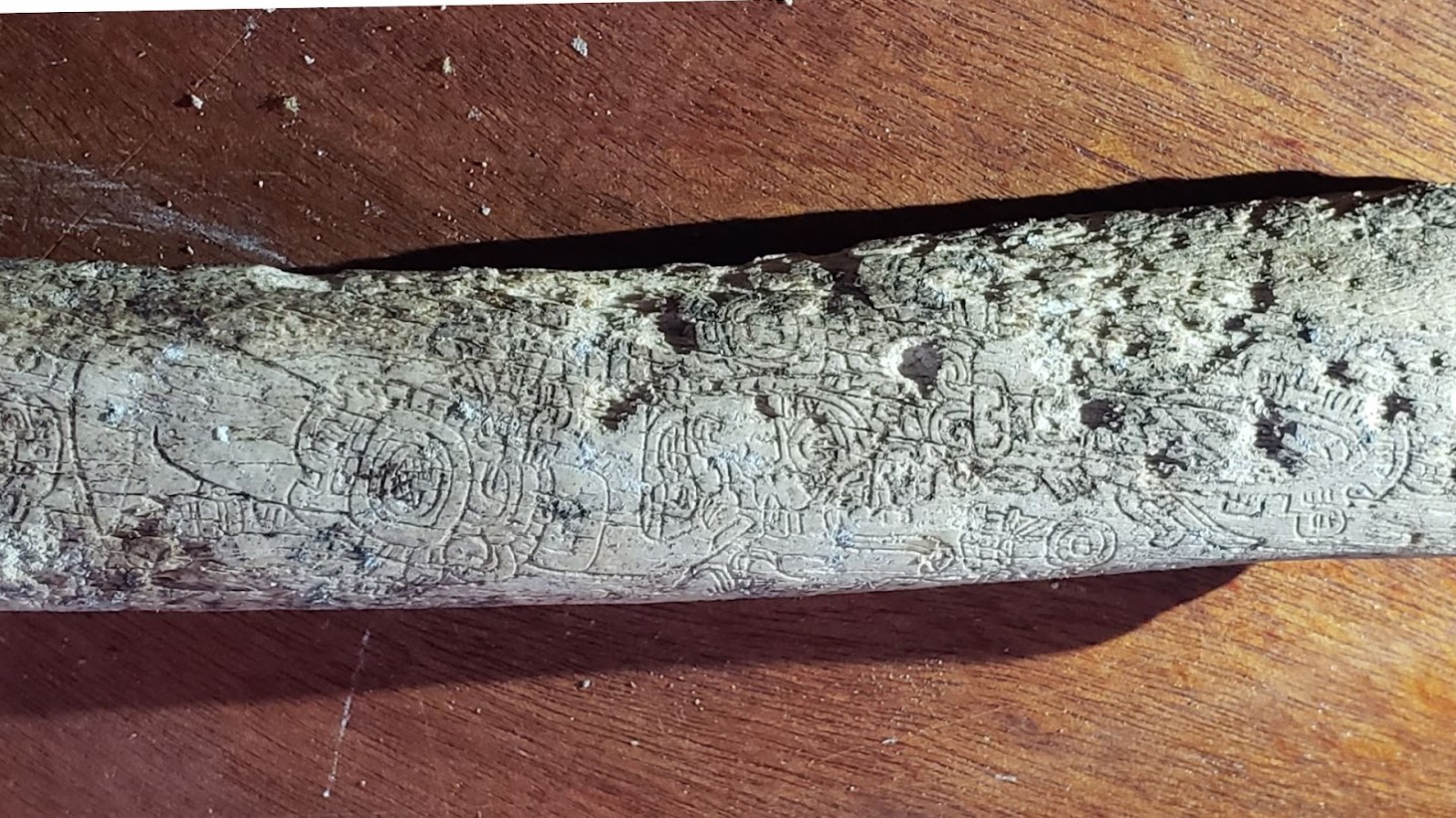
Source: Francisco Estrada-Belli/Tulane University
Estrada-Belli told All That’s Interesting, “It was quite a surprise as we were digging into a pit already opened by looters and were about to stop for safety reasons.”
The Significance of the Jade Mask
National Geographic reports that the jade mask, composed of tesserae, is believed to have belonged to a Maya king.

Source: Wikimedia Commons
Archaeologists consider such masks, often found in royal burials, to depict deities or ancestors, reinforcing the social and spiritual status of the individual buried with it.
Unraveling the Identity of a Mayan King
Further examination of the artifacts revealed carvings that depicted the interred ruler alongside a Maya deity, resembling the jade mask.
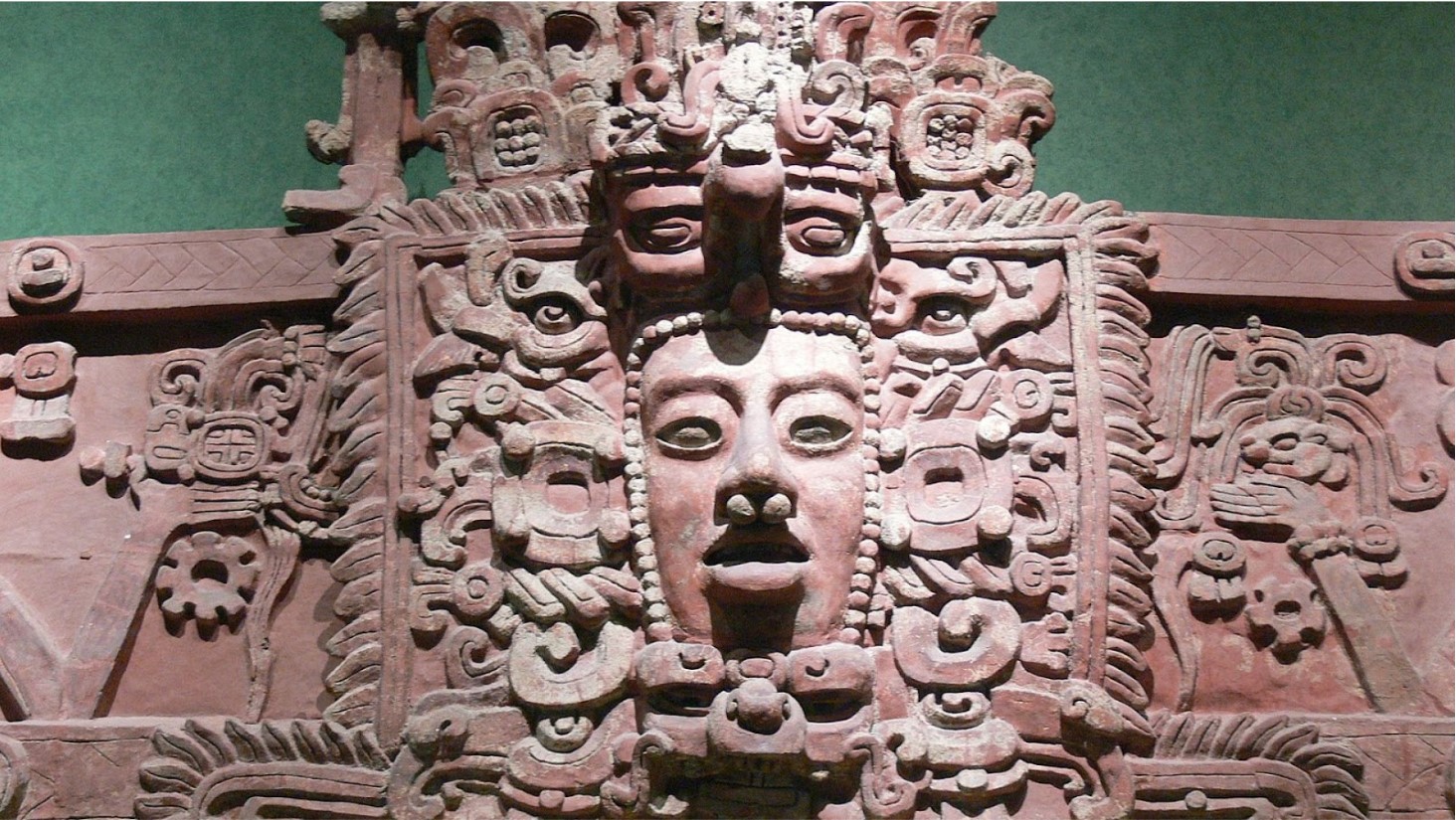
Source: Wikimedia Commons
These findings led researchers to believe the tomb belonged to Itzam Kokaj Bahlam, a name decoded from hieroglyphs on the bone pieces, suggesting his association with the Maya storm deity Yax Wayaab Chahk G1, per information from National Geographic.
The Reign of Itzam Kokaj Bahlam
Itzam Kokaj Bahlam’s reign is dated around 350 C.E., positioning him within the Maya Classic period, a time of significant cultural and political development.
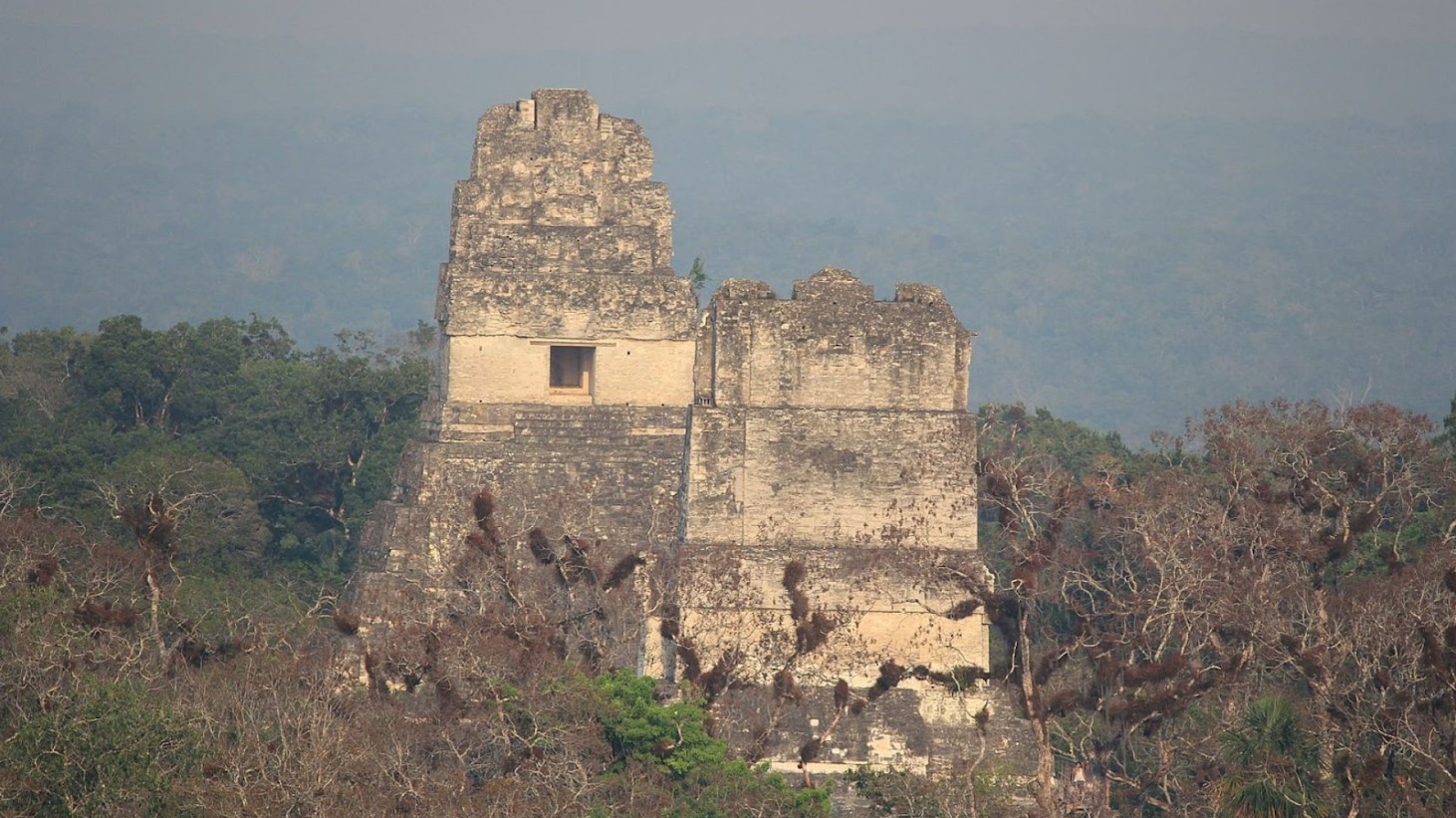
Source: Wikimedia Commons
National Geographic reports that his tomb’s contents and the associated inscriptions suggest a ruler of considerable influence, potentially connected to larger Maya cities and their dynasties. Estrada-Belli’s analysis hints at a complex network of relationships between Maya city-states.
Chochkitam: A City of Mystery and Majesty
Chochkitam, described by Estrada-Belli to All That’s Interesting as a “medium-sized Maya city,” was home to between 20,000 and 25,000 people during its peak.
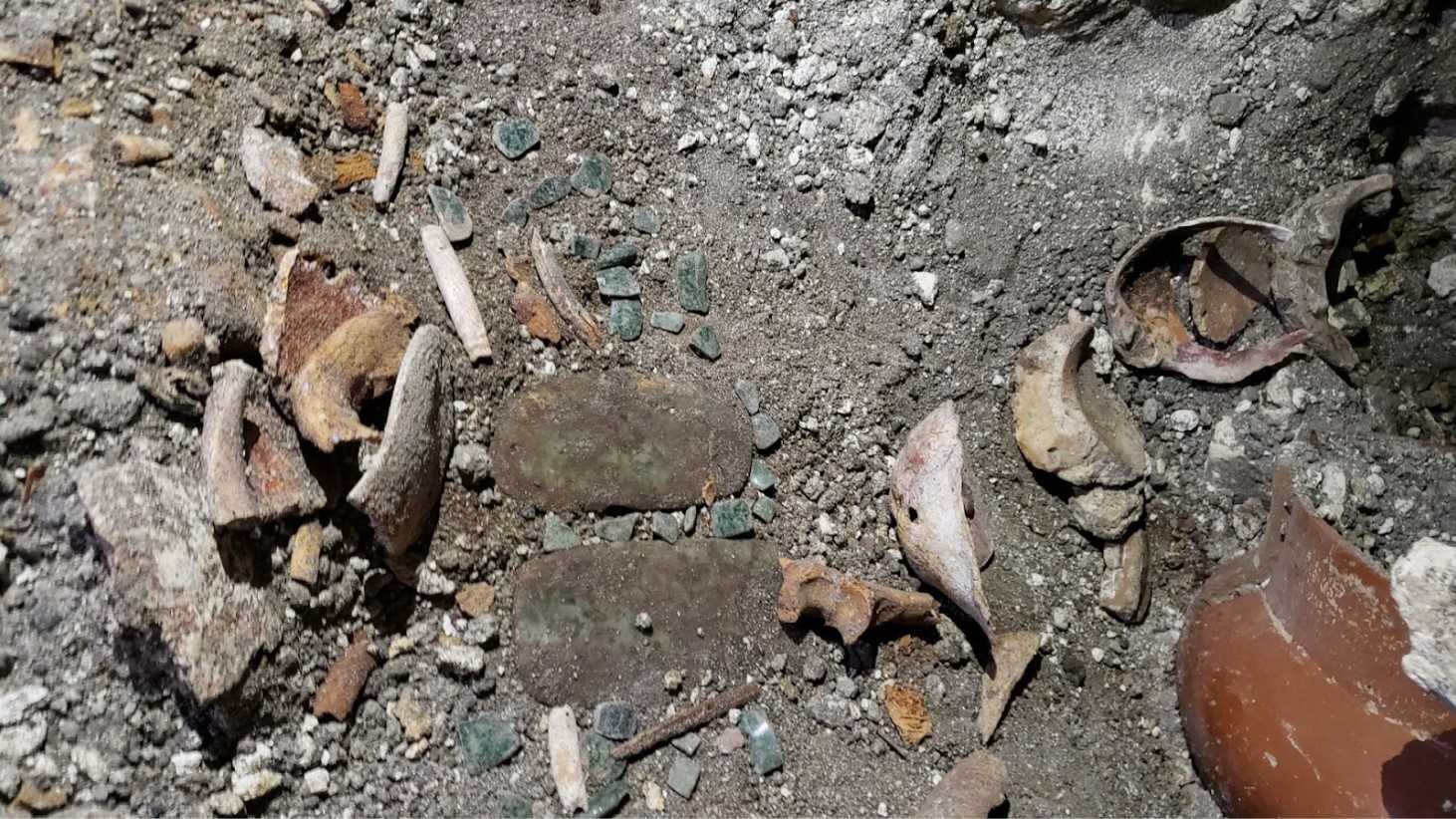
Source: Francisco Estrada-Belli / Tulane University
The discovery of Itzam Kokaj Bahlam’s tomb within this city sheds light on its importance within the Maya civilization, suggesting it played a significant role in the regional dynamics of power and cultural exchange among ancient Mesoamerican societies.
Reevaluating Maya History
The discovery of the jade mask and the tomb of Itzam Kokaj Bahlam challenges previous understandings of Maya history.

Source: Wikimedia Commons
Estrada-Belli described his discovery as “one more nail in the coffin” of outdated interpretations of Maya history, according to National Geographic.
Overcoming Challenges in Archaeology
The excavation at Chochkitam faced significant challenges, not least the damage caused by previous looting, National Geographic notes.
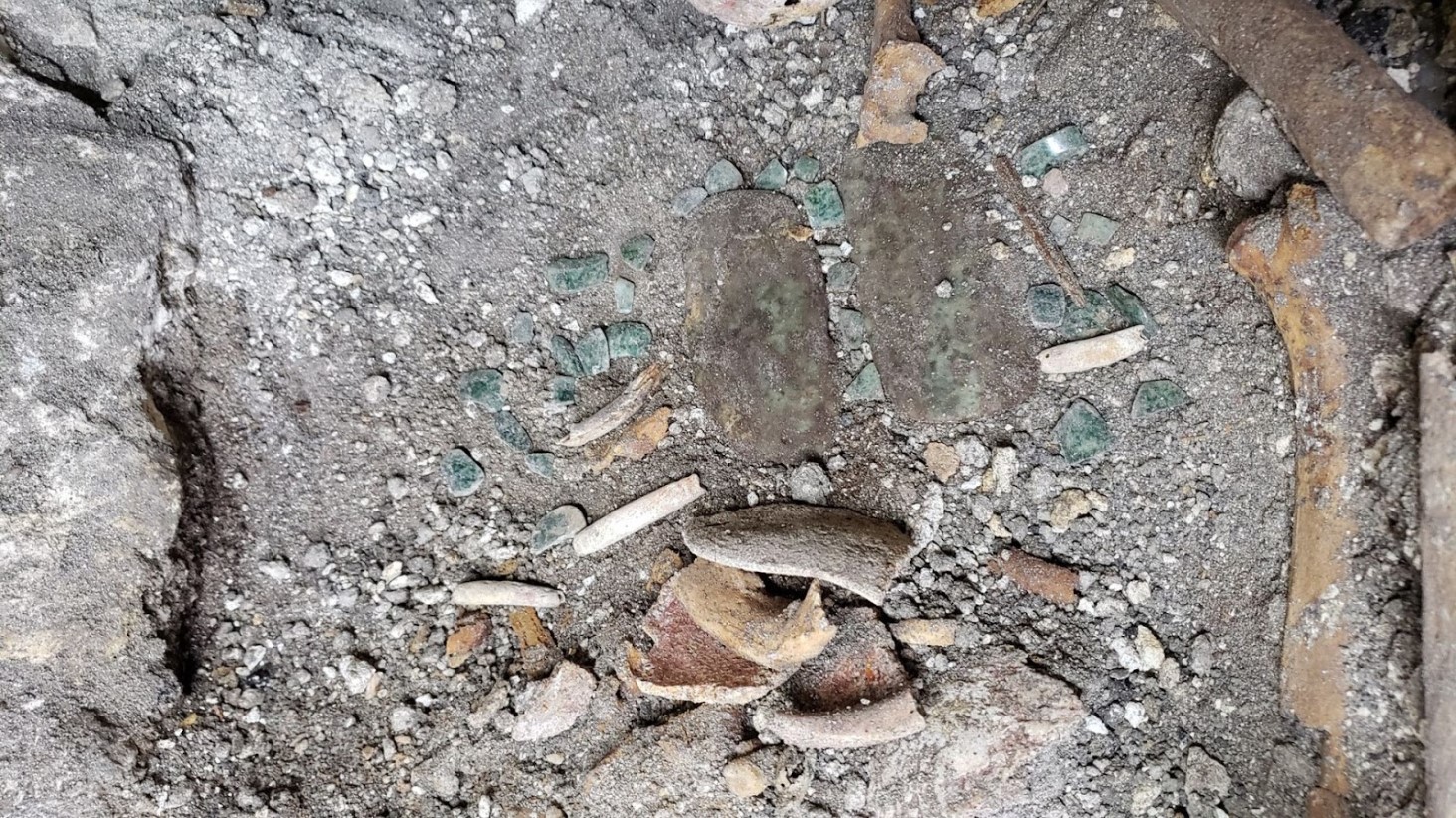
Source: Francisco Estrada-Belli / Tulane University
However, the determination of Estrada-Belli and his team to explore areas missed by looters led to the remarkable discovery of the royal tomb.
A Closer Look at the Jade Mask
All That’s Interesting explains that the jade mask’s assembly from tesserae and its depiction in the burial context provide a direct link to Maya royal traditions and religious beliefs.

Source: Facebook/University of Alabama, Department of Anthropology
The careful arrangement of the mask’s pieces to form a deity’s face highlights the artistic skill and spiritual intentions of the Maya people, offering a tangible connection to their world.
Carvings Reveal a Royal Story
National Geographic reveals that the carved bones found in the tomb, identified through meticulous examination, contained images of a ruler holding the head of a deity, matching the jade mask’s representation.
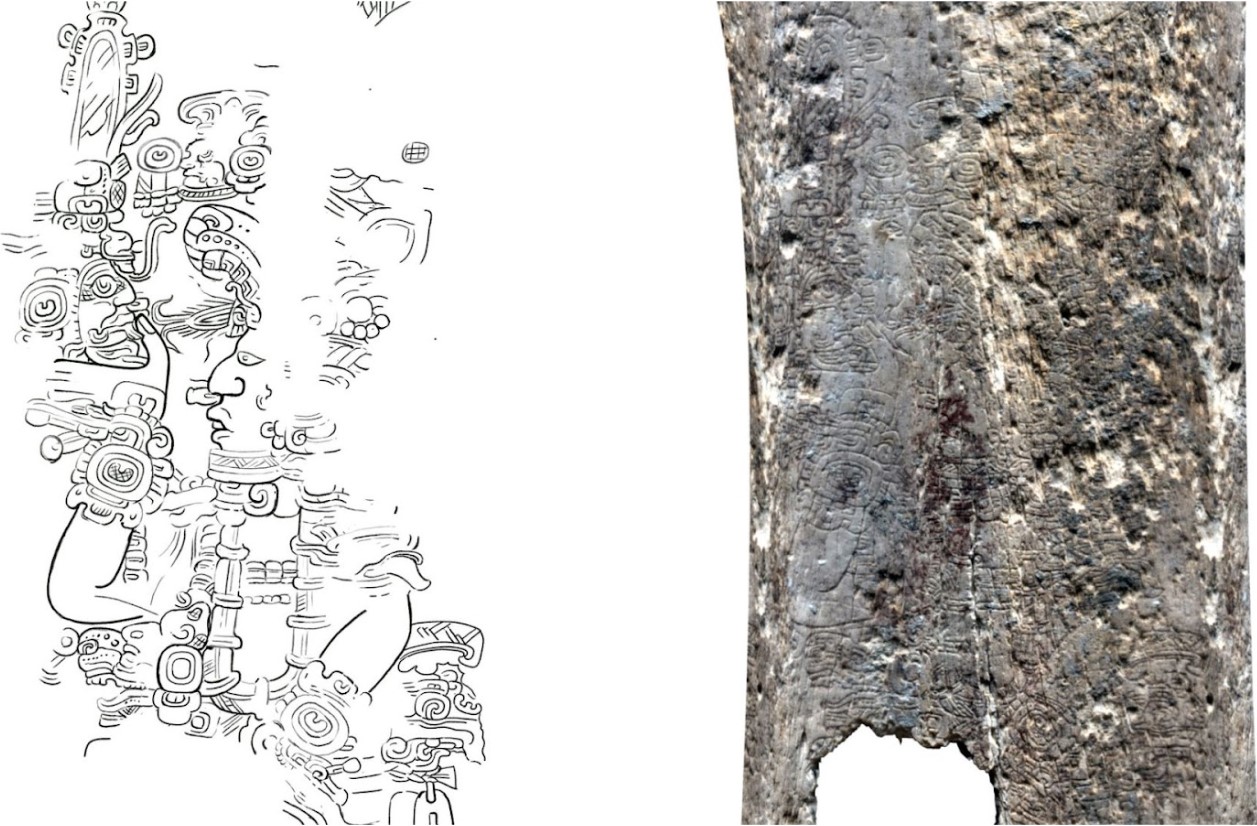
Source: Francisco Estrada-Belli/Tulane University
This discovery, facilitated by the expertise of archaeologists and epigraphers, offers insights into the story of Itzam Kokaj Bahlam and his role and status within Maya society.
The Future of Maya Research
All That’s Interesting reports that the findings at Chochkitam open new avenues for research, with plans for DNA analysis of the tomb’s bones and continued exploration of the site.
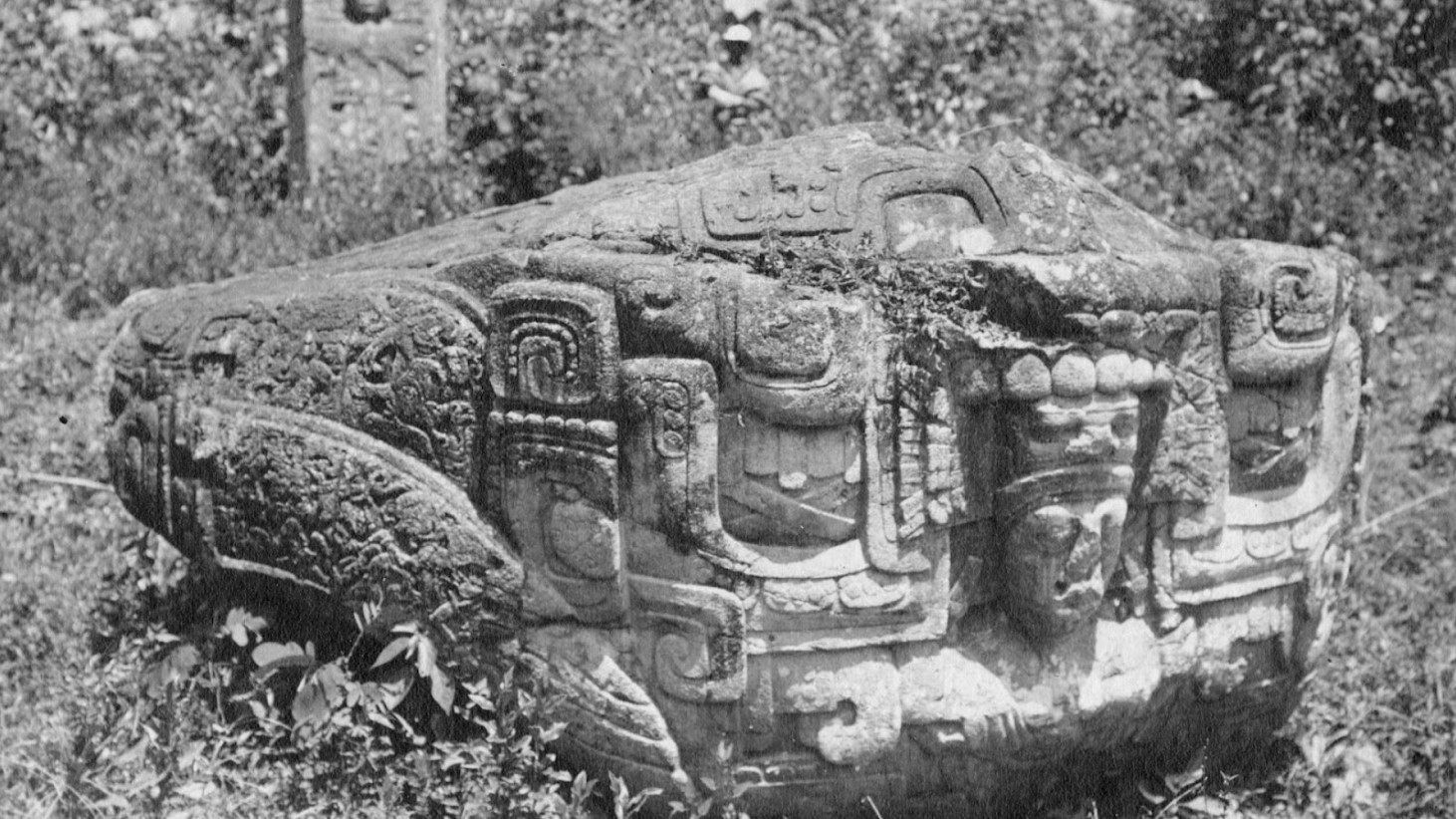
Source: Wikimedia Commons
Estrada-Belli’s anticipation of uncovering more artifacts suggests that the pyramid may yet reveal further secrets about Maya civilization.
A Legacy Unearthed
The excavation at Chochkitam, particularly the discovery of the jade mask, marks a significant milestone in understanding Maya history.
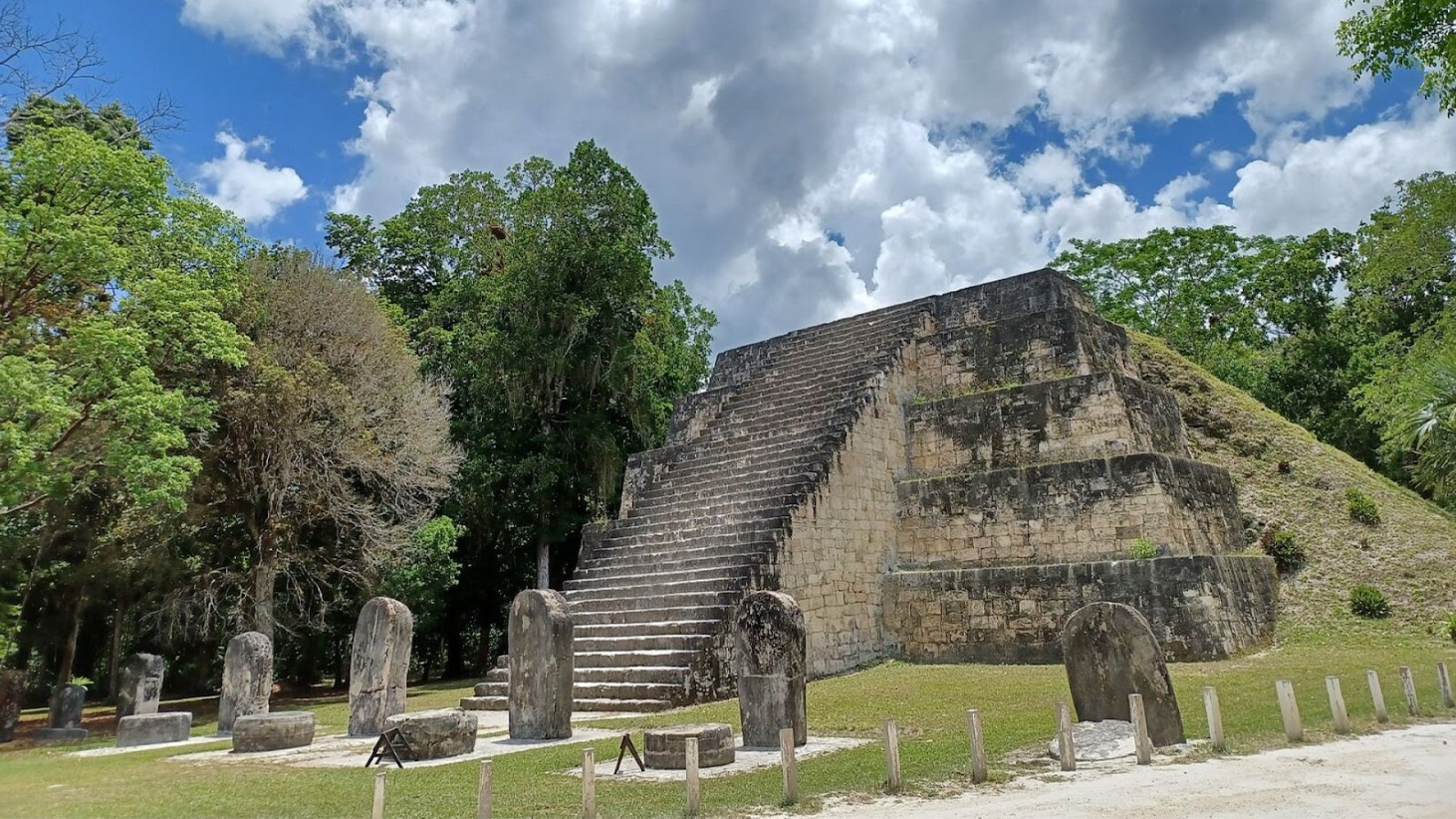
Source: Wikimedia Commons
Reflecting on the project, Estrada-Belli told National Geographic, “It’s a tremendous thrill and a privilege. Sometimes we do get lucky.”
Grave Robbers Beat Researchers, but Overlooked the Royal Tomb
As mentioned previously, Estrada-Belli and his team were outpaced by grave robbers in reaching Chochkitam.
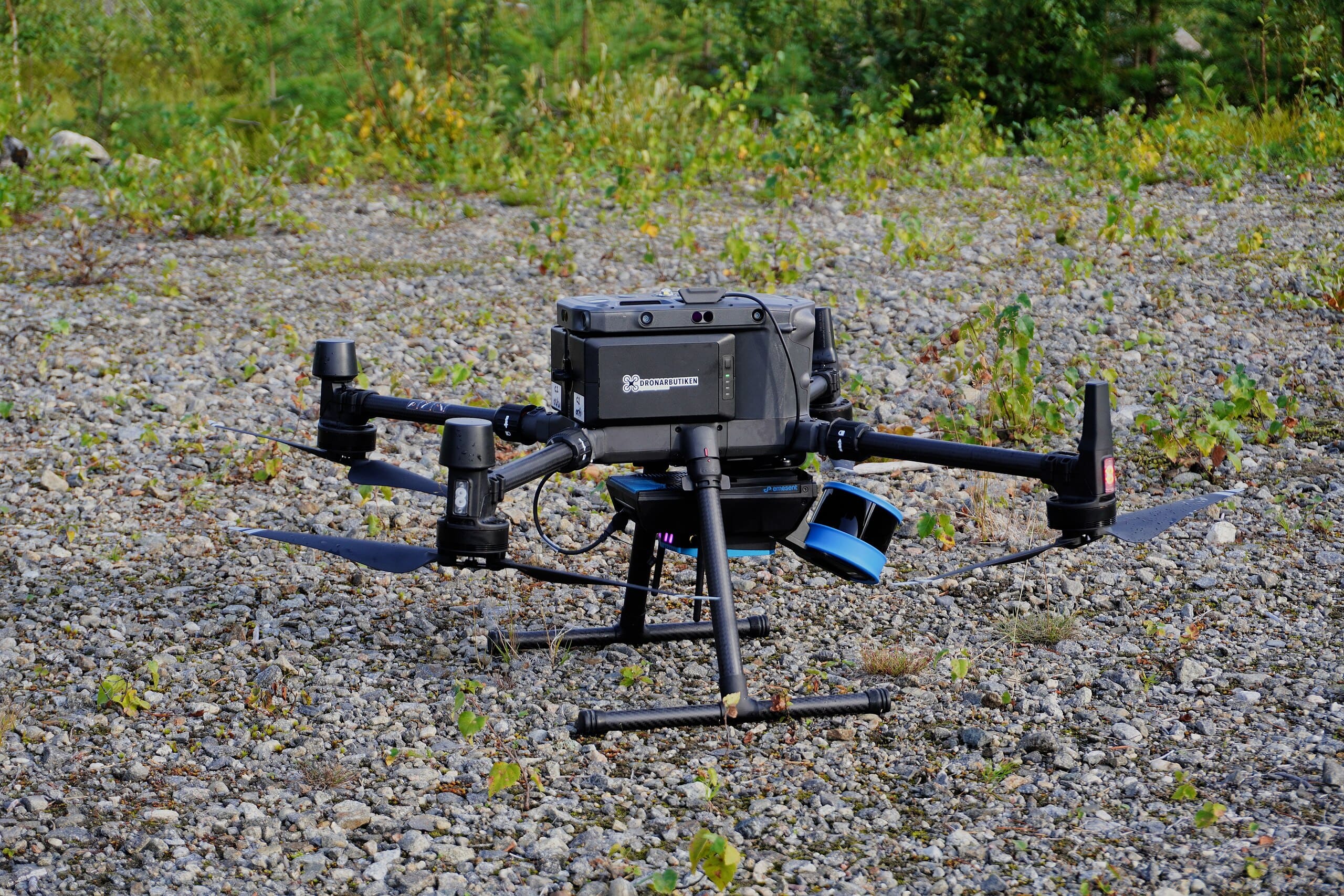
Jonte/Wikimedia Commons
In 2021, employing lidar technology, Estrada-Belli discovered signs of looting activities, where intruders had tunneled into what appeared to be a royal pyramid in the heart of the city. Despite the looters’ efforts, Estrada-Belli and colleague Bhanny Giron identified an overlooked area and made the decision to conduct excavation.
Bones Carved with Obsidian Glass Decoded by Expert in Mayan Epigraphy
A perceptive colleague observed that certain bones, initially believed to belong to the occupant of the crypt, were intricately carved, possibly crafted with volcanic obsidian glass.
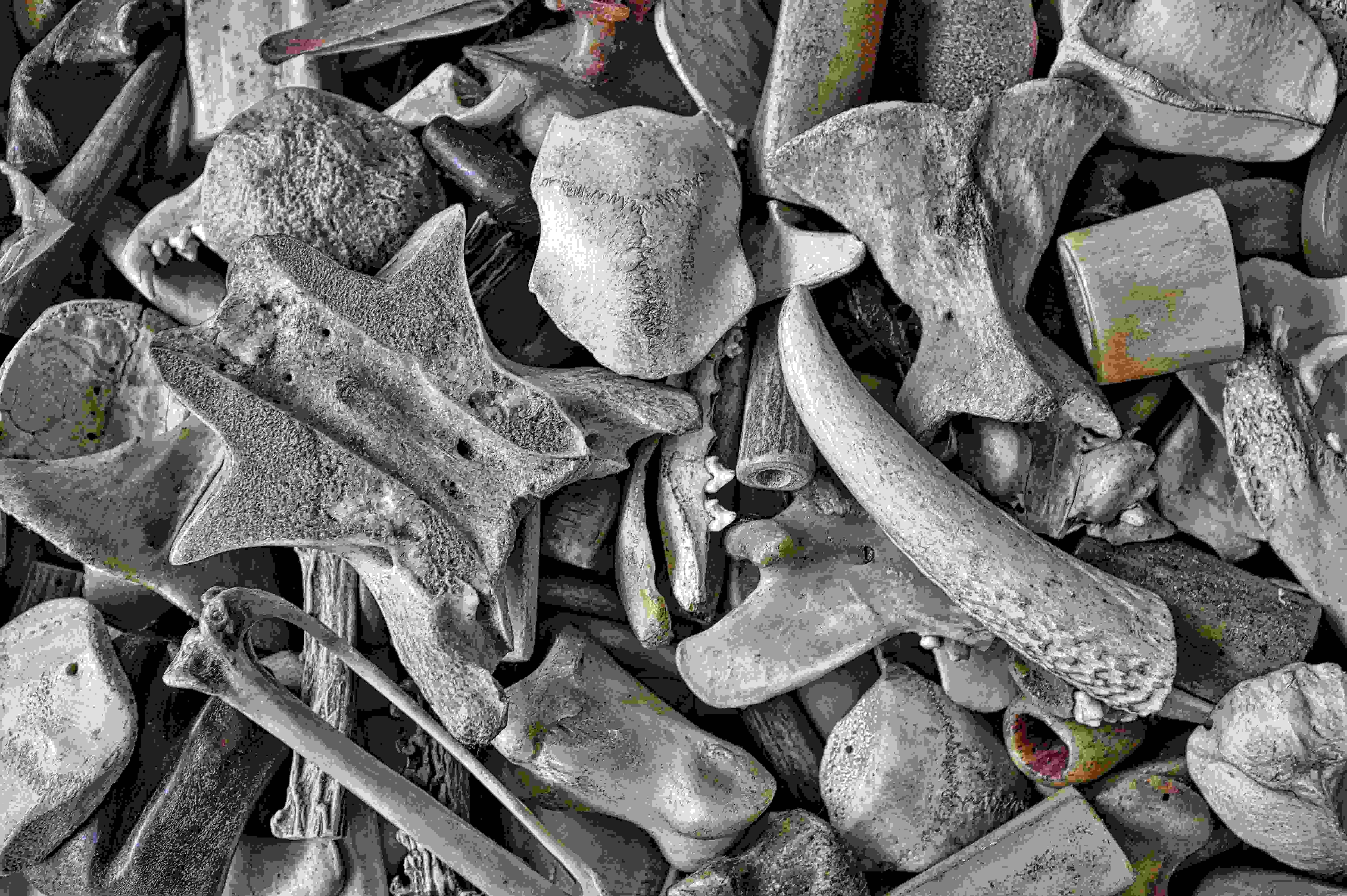
Eric Prouzet/Unsplash
Archaeologist Alexandre Tokovinine, an expert in Maya epigraphy from the University of Alabama, played a key role in deciphering the glyphs on the engraved bone discovered in the tomb.
Discovery of King and God's Identities Deemed Highly Unusual
As mentioned, Tokovinine assisted Estrada-Belli in decoding the glyphs, which revealed the identities of both the ruler, Itzam Kokaj Bahlam (“sun god/bird/jaguar”), and the god, recognized by archaeologists as Yax Wayaab Chahk G1, a swirling deity representing a manifestation of the Maya storm god, directly translated as “first sorcerer rain god.”

Johannes Plenio/Unsplash
Described by Estrada-Belli as “very, very unusual,” this discovery has provided exceptional insights into a time and place that have remained somewhat enigmatic.
Itzam Kokaj Bahlam Connected to Tikal and Teotihuacán
Estrada-Belli suggests, “Everything suggests to me that this was a Maya king who was part of a network of Maya royalty in the sphere of influence of Tikal and Teotihuacán.”
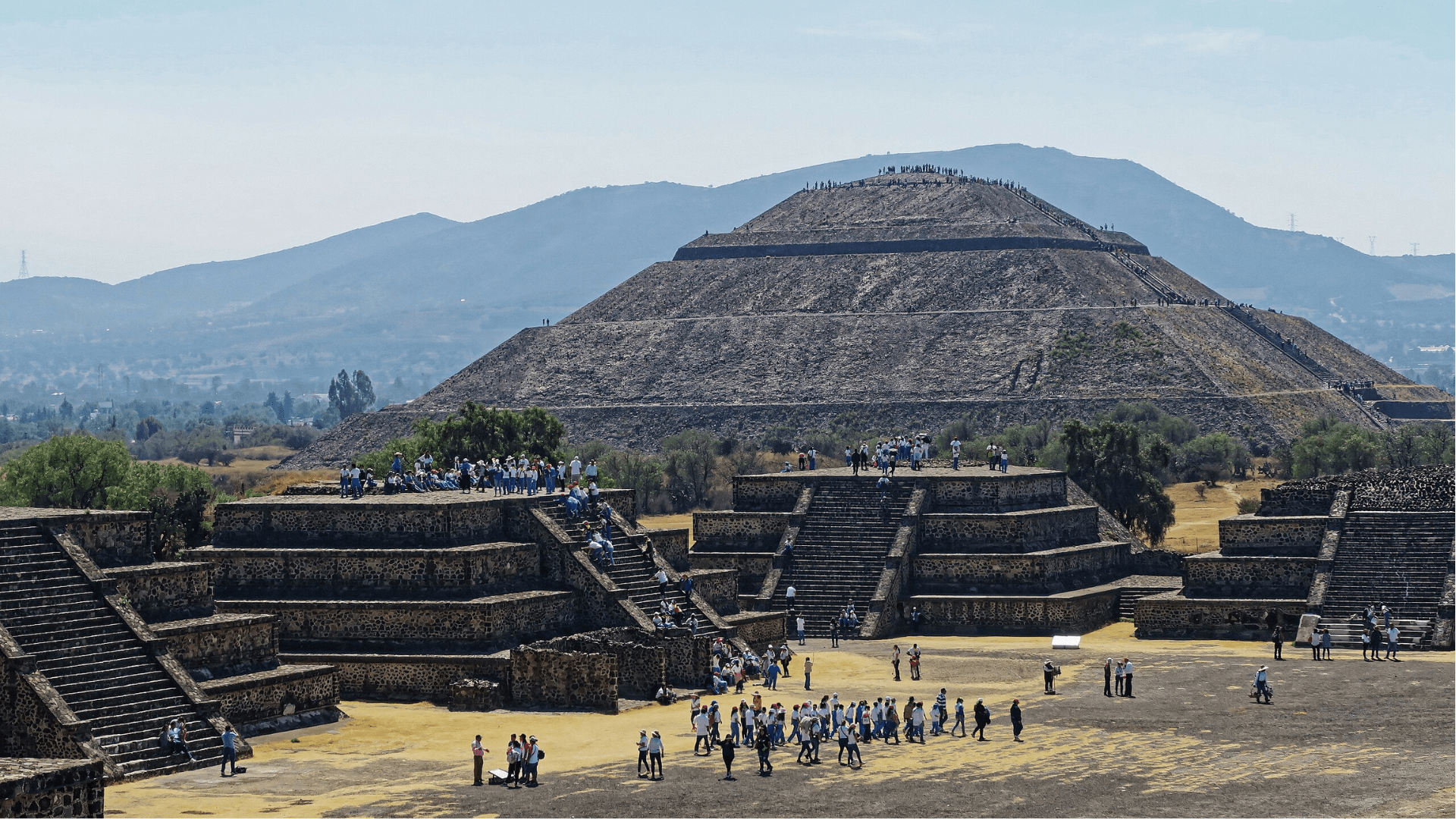
Burkhard Mücke/Wikimedia Commons
Tikal, a significant Maya city, and Teotihuacán, an ancient Mesoamerican city in modern-day Mexico, held more prominence than the comparatively less influential Chochkitam. Despite the absence of a direct statement of vassalage at the site, Estrada-Belli interprets it as implied, indicating that these rulers were likely vassals, directly affiliated with Tikal and indirectly connected to Teotihuacán.
Why was Tikal Significant for the Mayans?
Tikal, also known as Yax Mutal, holds a significant position as the capital of a powerful kingdom within the ancient Maya empire. Its extensive archaeological remains, boasting over 3,000 structures, stand as a testament to the historical prominence of this once-thriving city.
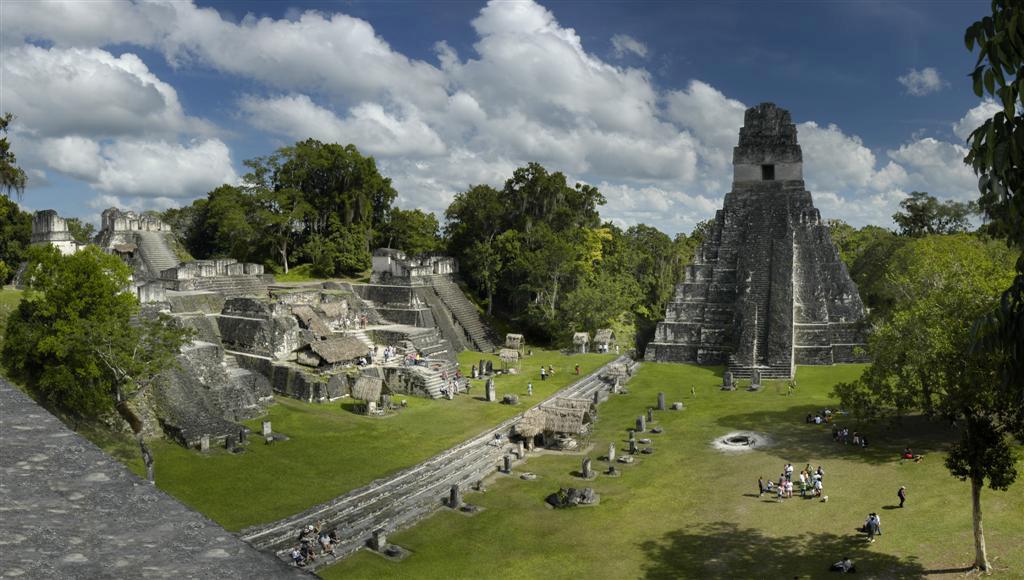
Shark/Wikimedia Commons
Flourishing between 200 and 900 A.D., Tikal became a cultural and political hub, surpassing other cities like El Mirador in terms of power and influence within the expansive Maya empire that extended as far north as the Yucatan Peninsula in Mexico. This period marked Tikal’s zenith, solidifying its status as a paramount center of Maya dominance.
Why was Teotihuacán a Significant Ancient City?
Teotihuacán, a prominent ancient city, functioned as a dual-purpose hub, serving both as a crucial economic center and a religious focal point in Mesoamerica. Renowned as a major trading hub, its cultural influences reverberated across the region, attracting merchants from diverse corners of the world.
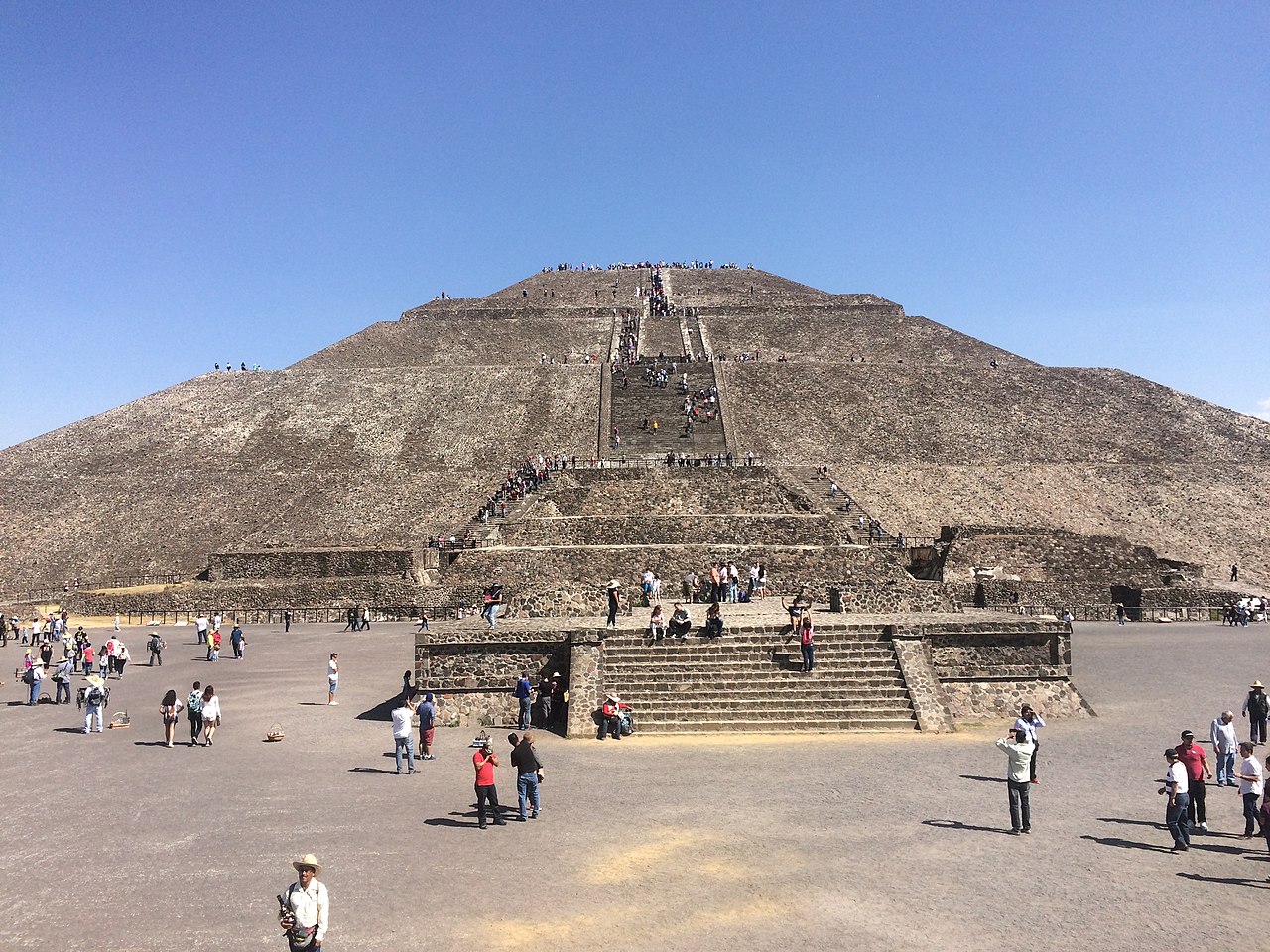
HighVibrationStation/Wikimedia Commons
The city’s anthropological significance lies in its well-preserved murals, which offer valuable glimpses into the daily life, rituals, and beliefs of its inhabitants. These vibrant depictions encompass scenes ranging from gods and animals to ordinary activities, providing a rich tapestry of the art and culture prevalent in Teotihuacán.
